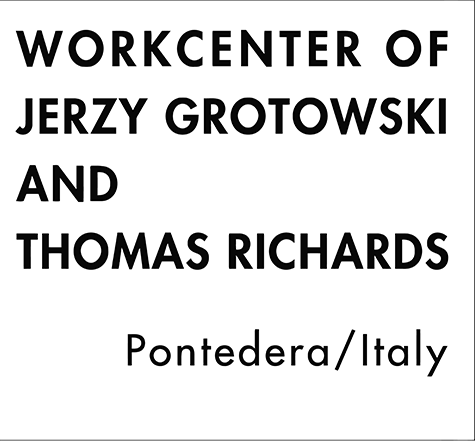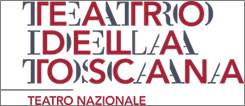Is death knocking on your door today?
Nineteenth-century Russian author Fyodor Dostoevsky, originator of Notes from the Underground and a seminal figure in existentialism, foresaw that rationalism would wipe out the desire for freedom and ethical considerations while moral conventions would undermine the complexity of human nature. Could self-awareness enable us to confront these invisible forces and regain control of our own fate again? In an extraordinary event, taking in fragments of Dostoevsky’s works, comedy, the grotesque, and “Art as Vehicle” to transform perception, the Workcenter delivers an underground tour of our unlived wishes and desires, and poses the compelling question: can we liberate ourselves from becoming a member of the living dead?
Benoit Chevelle
Guilherme Kirchheim
Jessica Losilla-Hébrail
Sara Montoya
Tara Ostiguy
Thomas Richards
Photo: Filippo Manzini
Grotowski’s and Richards’s Theory and Practice of Theatre as Seen in The Living Room and The Underground: A Response to Dostoevsky
Text: Lee Fu-ping
(Associate Professor at the Department of Drama Creation and Application, National University of Tainan))
To understand the origins of The Living Room and The Underground: A Response to Dostoevsky, we first have to become acquainted with the influential Polish director Jerzy Grotowski (1933-1999). In the last 40 years of his practice, Grotowski brought the study of performance from the theatre into the realms of ritual and anthropology. Moreover, he was also one of the pioneers of cross-cultural theatre practice. In the last phase of Grotowski’s work―”Art as Vehicle”―Thomas Richards was both primary doer and spiritual mover in developing and implementing the work. In 1996, Grotowski changed the name of his work centre in Pontedera, Italy to the Workcenter of Jerzy Grotowski and Thomas Richards (hereinafter “the Workcenter”), thereby strongly suggesting that Richards was his heir. The Workcenter is not a theatre or a theatre troupe, but a research and development centre for the performing arts. In the earlier phases of “Art as Vehicle”, only an exceedingly small number of audience members were invited (even fewer than ten). In the later phase, as the relationship between “Art as Vehicle” and performing arts narrowly defined was probed, larger audiences were given more opportunities to view the works.
Grotowski believed that the performing arts in the broadest sense should exist on a spectrum, with the two poles being “Art as Vehicle” and “Art as Presentation” which is performing arts in the narrow sense. The former is structured around the demands of the artist’s work; the latter, like conventional theatre performances, around the demands of audience perception. Since 2007, the Workcenter has formed two different teams to explore connecting the poles. Richards leads the “Focused Research Team in Art as Vehicle”, which explores what possibilities the core principles of “Art as Vehicle” can hold for performing arts narrowly defined. Mario Biagini, another important collaborator of Richards, leads the “Open Program” which focuses on how performing arts can incorporate the concepts of “Art as Vehicle”. The Living Room and The Underground: A Response to Dostoevsky were both developed by Richards’s team.
As aforementioend, “Art as Vehicle” works differ from most theatre performances. The organising structures of most theatre performances serve mainly to facilitate audience interpretation, in order to convey specific ideas or themes. However, the structures underlying “Art as Vehicle” works aim to create an extremely precise and repeatable process with no room for improvisation. Performers (Grotowski did not call them actors) who embark on this process reach the peaks in their inner state and energy levels before returning full circle to the everyday. Therefore the core of “Art as Vehicle” is not about audience comprehension of the plot (Grotowski refused even to use the word “audience”, preferring instead the term “witnesses”).
To construct that precise process, “Art as Vehicle” works frequently rely on traditional folk songs from Africa―what Grotowski referred to as “vibratory songs”. This refers to using the resonant frequency of the whole body to find a personal and physical way of precisely singing these songs. These songs and the personal actions derived from them are vehicles which can transpose one to a particular internal state or energy level. Specific songs and personal actions allow performers (singers) to access specific internal states and energy levels. Different songs and individual actions contain different internal states and energy levels. Through the smooth convergence of several different songs and their accompanying personal actions, the performers are guided to various peak internal states and energy levels, and then returned to daily life.
Although both The Living Room and The Underground: A Response to Dostoevsky are “Art as Vehicle” works, there are fundamental differences between the two. The former is more purely based on traditional songs, while the latter is a combination of different modes of performance, and more closely resembles conventional theatre performance. The Living Room begins with the everyday act of welcoming guests into a living room, and goes on to explore how performers lead the audience from the everyday life in an ordinary living room, step by step into the extraordinary peaks of “Art as Vehicle” experiences, before returning to the everyday. Boundaries in the performance space are deliberately blurred; not clearly separated. While the audience predominantly stay on the periphery and the performers in the middle, there is much interpenetration. During the performance process, the performers try to establish individual connections with each audience member. Each individual audience member is no longer considered to be an anonymous member of the collective mass. The structure of the performance is extremely precise and repeatable. In addition to using traditional songs, words are used to explore how to wake up the self to face oneself, others and the outside world. Chanting, choral singing, call and response, and singing in canon are intertwined in this work. The sounds and songs echo through the space, exciting the body and mind of the audience. Different modes of chanting have different textures―joyous, restless, comforting. The deep commitment of the performers, and the external manifestation of deep internal experiences are particularly intriguing. However, the performance content of The Living Room does not amount to a clear overall dramatic plot, nor is it possible to interpret the internal emotional changes of the performers as representations of character. It is also difficult to deduce the outline of a story. Hence the experience of watching falls back into the emotional impact of being directly faced with the songs and chants. The agitation at the physical level of sound stimulates agitation at the level of perception.
In The Underground: A Response to Dostoevsky we still see the emotionally resonant songs and chants of “Art as Vehicle” works. What makes this work different however is that it combines narrative, comedy, the groteseque and other different forms of theatre performance. These two main strands are intertwined in the work, and in certain segments there are clearly recognisable roles. The performance space resembles a proscenium stage but is often disrupted. Performers often enter through the auditorium or sit with the audience. Performers sitting in the auditorium sometimes sing along with performers on stage. This work takes passages from Dostoevsky’s Notes from the Underground and The Brothers Karamazov and turns them into multiple monologues, repeatedly speaking to and questioning the audience. In this work, Dostoevsky’s deep reflections on human nature are used to hit us on our heads, to stop us from sleepwalking through our daily lives. How can we escape from the underground, the tomb in our lives? How can we wake up from a zombie-like slumber? How to break through the inertia of habit to awaken the self? These are the core concerns of The Underground: A Response to Dostoevsky.
Today, theatre technology is developing at an accelerated pace. The rise of new media art and live image projection opens up more complex and changeable facets of theatre. However, the two works of the Workcenter show that both Grotowski and Richards have returned to the performers. This kind of theatre, based on the artistry of the performer, is simple but complex. Its simplicity lies in almost completely abandoning light and sound technology or technological assistance, and purely relying on the performer’s body and voice. Its complexity lies in the long period of time required for the performers to develop their craft, the process of refinement, the demand for extreme precision, or even to sublimate further and develop self-awareness and care. These qualities can be said to permeate all the works of the Workcenter, and are a counter-current pushing for purity and truth in contemporary theatre.
(Translated by Amy Ng)











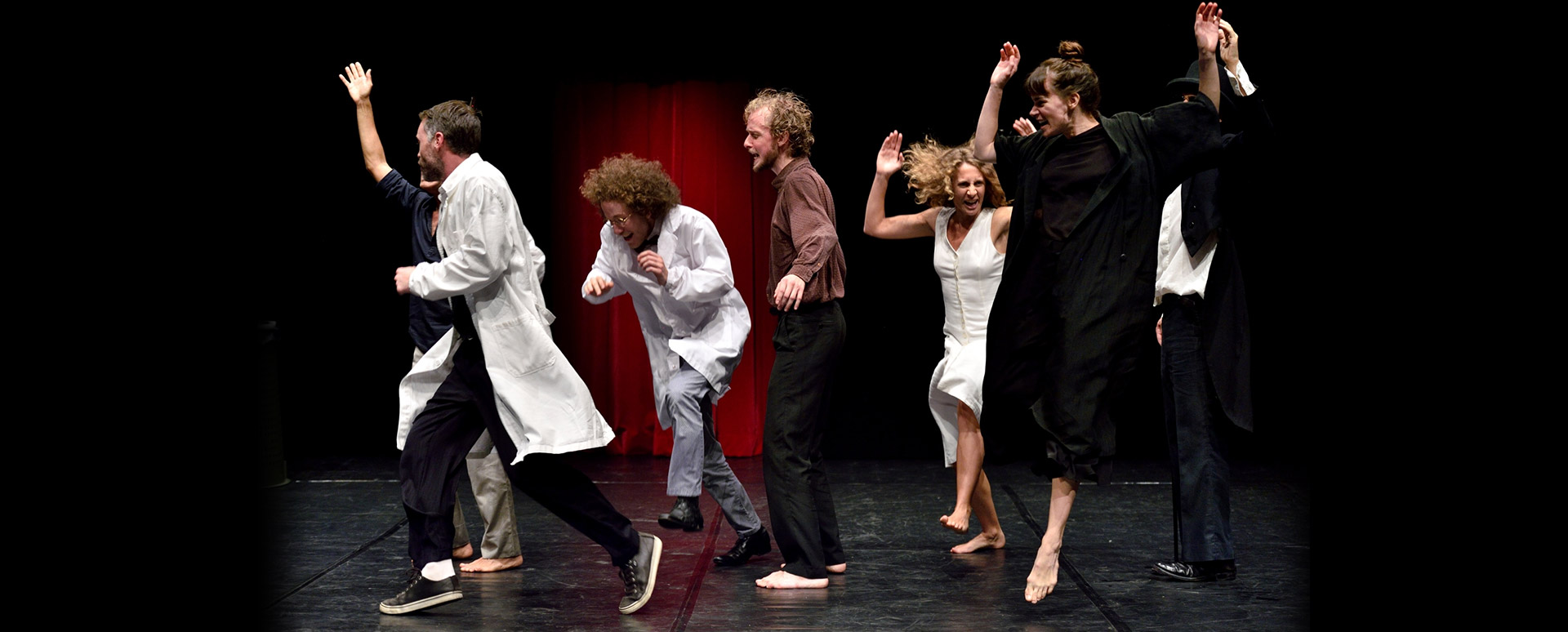
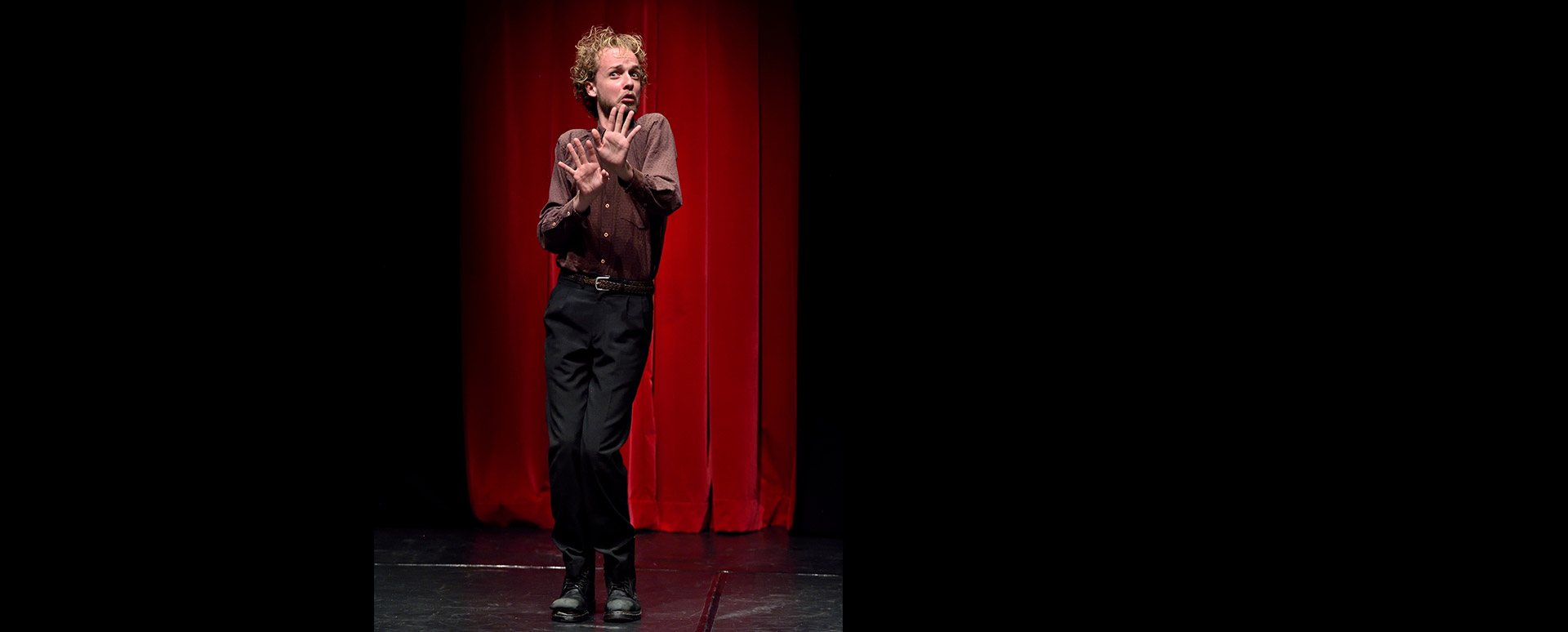
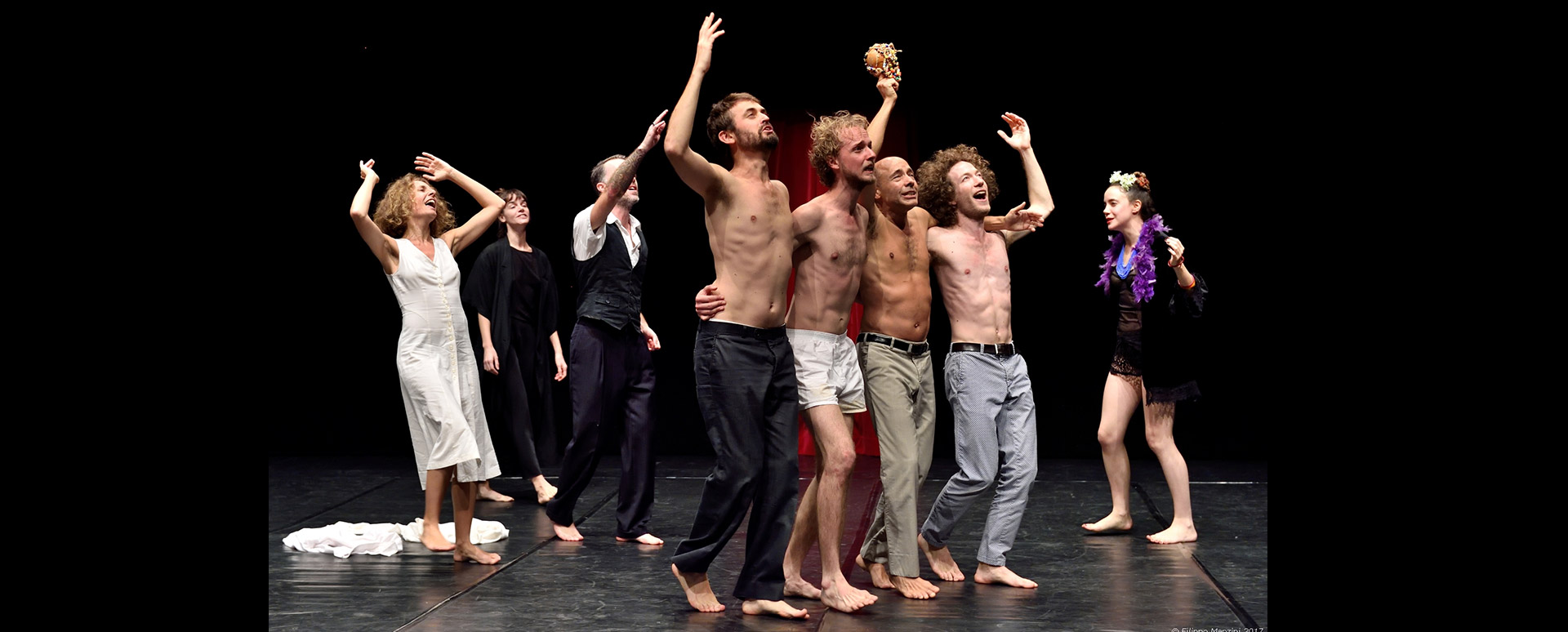
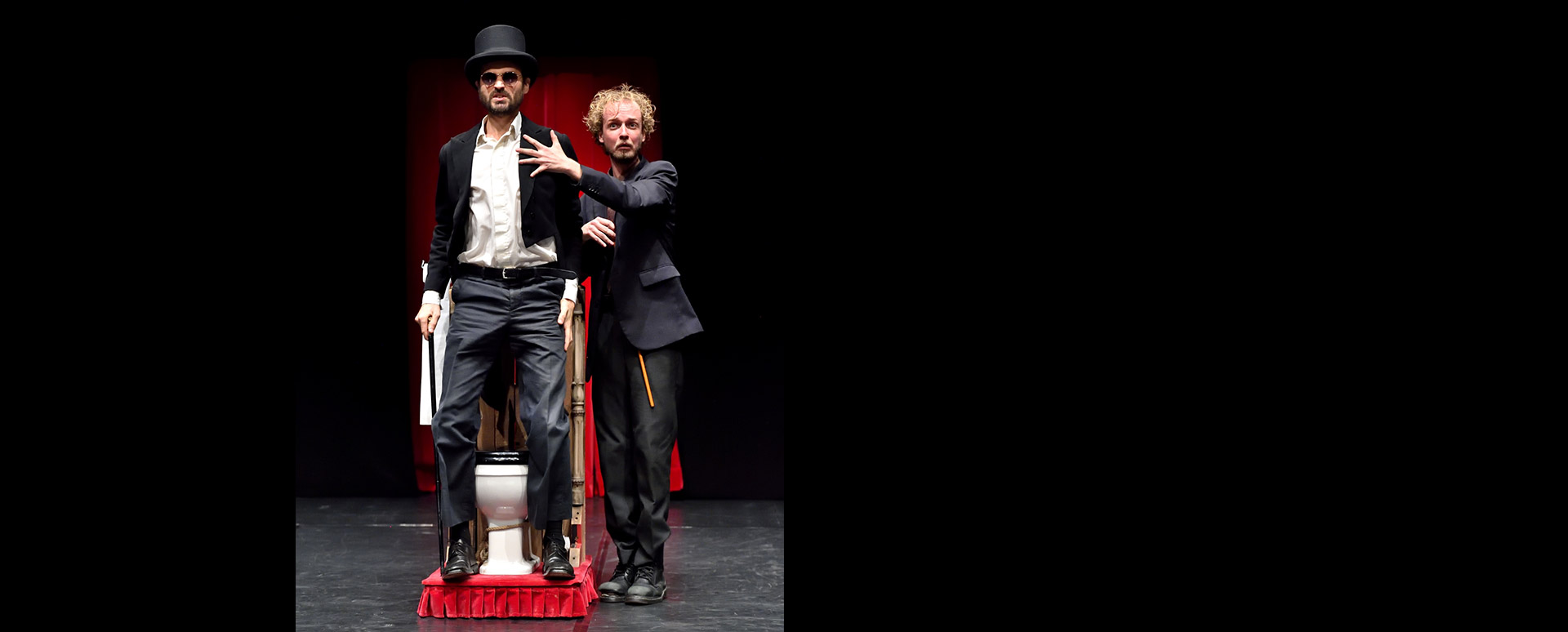


 Seat plan
Seat plan